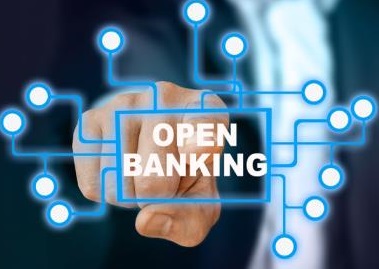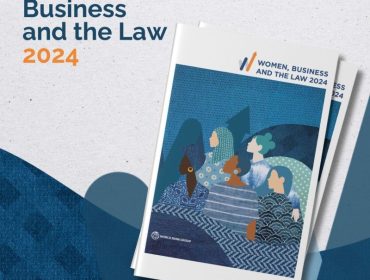
Open banking, and what it means for European fintechs and consumers
September 12th, 2019 – Open banking is a global trend that is here to stay. Its development in Europe has been taken by the rest of the world as a lighthouse for other continents’ regulations, and it is expected that through it, fintechs will be able to offer more services that traditional banks can’t.
Open banking primarily revolves around sharing a client’s banking and financial data over third party service providers’ secure channels, usually by fintechs and data aggregators.
A much higher level of customisation and personalised services can be provided when an open banking framework is in place, at a much lower cost – or no cost at all. Apps notifying you about all of your bank accounts, cards and credit, latest transactions and new possibilities at the lowest possible costs are becoming popular and we are only in the beginning of this movement.
Some markets, led by the EU and the UK, followed by Australia, have already taken the lead by creating and passing their own open banking regulations. Other markets, such as Canada, New Zealand, Mexico, Argentina, Brazil, Nigeria, Hong Kong, Japan and Taiwan, for example, are creating norms to enable that to happen as well. In a number of other markets, even without regulation, open banking is beginning to flourish and forcing governments and traditional banks to adapt.
Having been pushed by regulation since January 2018, banks and financial service suppliers in Europe and the UK are testing prototypes and beta versions of their new operating models, and some of them already have entire sets of open banking solutions, especially in regards to Application Program Interfaces (APIs).
Comparison services, programmed savings towards an objective and credit portability are on the brink of a much faster and easier implementation by banks, fintechs and consumers – typically by someone using a Personal Financial Manager (PFM), or a small to medium enterprise (SME) using a Business Financial Manager (BFM) app.
We can expect financial literacy to grow as consumers are given real-time information about their financial standpoint, along with some alternatives to traditional and expensive services, leading to better financial decisions. Instead of having partial visuals of their finances, consumers can use bank account aggregator apps where they can see all their balances and transactions in one screen, seamlessly and effortlessly, instead of having to open three to four different apps or browsers to check each of their separate bank and credit cards accounts.
More…https://www.eu-startups.com/2019/09/open-banking-and-what-it-means-for-european-fintechs-and-consumers-part-1/
Written by EU-Startups
Related Post
A Global initiative to support SMEs...
Co-organised by the OECD Centre for Entrepreneurship, SMEs, Regions, and Cities in cooperation with Business at OECD, the OECD Digital for S...
Digital Entrepreneurship in Africa
Africa’s progress in entrepreneurship, digital innovation, and its young population lays a solid foundation for achieving the United N...
Women, Business and the Law 2024:...
Women, Business and the Law 2024 This year’s report, the 10th in the series, finds that women worldwide continue to have fewer legal r...




